A Letter from HERB:
Dear Jim,
Just a little explanation on these old prints. Wes Moreland, standing in the doorway of the railroad station at Ryolite with his red setter. Both lived quite well on steak every day. I believe he remarked that Wes had a local Indian that supplied him with beef. “A long rope, a fast horse and a runnin’ iron were the necessary tools of the trade.”
In a land even now remarkably free of human occupation, one can ride horseback great distances without being encountered with the meeting of other humans.
Wes, for some reason, took a liking to me, and I in turn found him one of the most fascinating desert people I had the privilege of meeting. During the second world war years he was one of a few inhabitants at Rhyolite. He kept a well-stocked bar but, as a diabetic, refrained from indulging. It was Wes, you will recall, who ate live ants, prescribed by a Shoshone woman living in an old box car as treatment for his tuberculosis.
He expired at least 40 years ago.
Regarding the two “ladies of the night.” These gals picked me up as I walked across the desert between Beatty and Rhyolite. They formerly lived and entertained in the upper rooms of Wes’ depot. They were utterly polite and I had not seriously contemplated their occupation nor their desire to visit Rhyolite. When we arrived, they embraced Wes and it appeared a familiar gathering of kindred spirits.
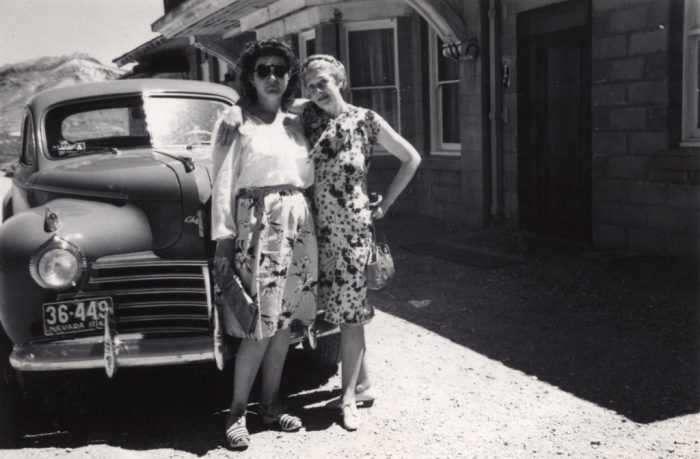
“These gals picked me up as I walked across the desert between Beatty and Rhyolite. They formerly lived and entertained in the upper rooms of Wes’ depot. They were utterly polite…”
As for the interior of the Rhyolite bar. Wes was infamously famous for his collection of photos of nudes and near-nudes. The walls were covered with a glamorous array of these women.
Above the bar, toward the left and amid all the coyote skins is a large framed nude of particular interest. This was the daughter of Harriman, money-bag of great repute and president of the New York Central railroad. The gal had a flare for crashing elite parties in Hollywood clad only in a mink coat.
When Wes expired, the Depot and accoutrements all reverted to two maiden aunts in Georgia. When they arrived at Rhyolite and were ushered into the precincts of Wes’ bar and beheld his girls, they promptly fell dead.
Your friend,
Herb
HERB RINGER came West from his home in New Jersey in 1939. Camera in hand,
Herb captured the American West, from the Canadian Border to the Rio Grande and
from the Big Sur coast to the High Plains.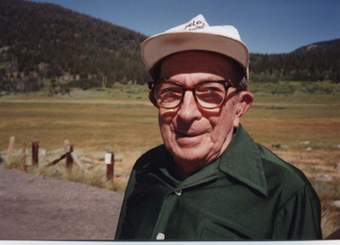
We believe Herb’s collection of Life in the West is one of the finest. His work has been
published in The Zephyr for 20 years. I am pleased finally, to offer Herb’s photographs
in color. We are also building a new ‘album’ of his work, elsewhere on this site.
My dear friend died on December 11, 1998…JS


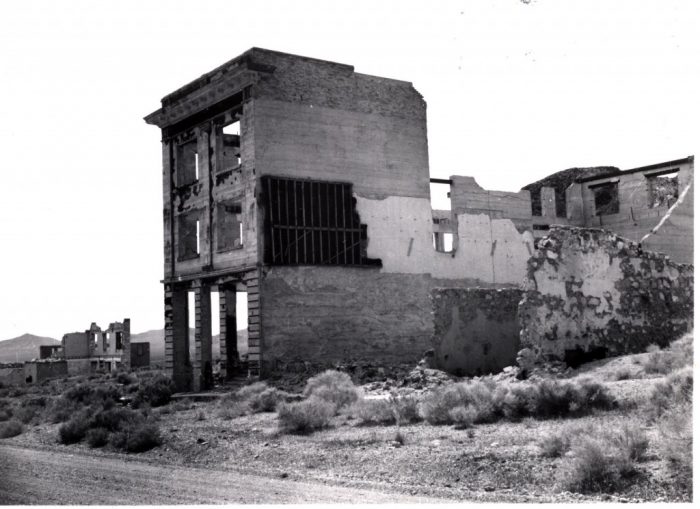
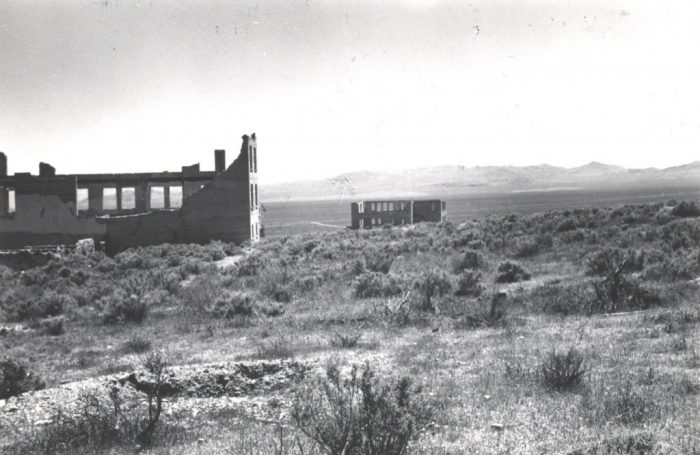
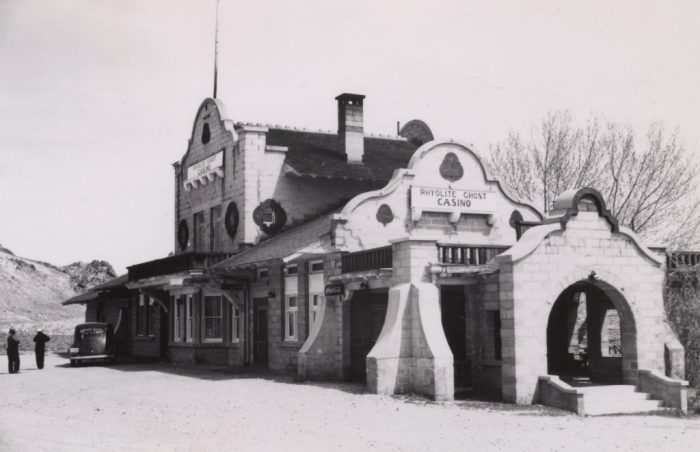
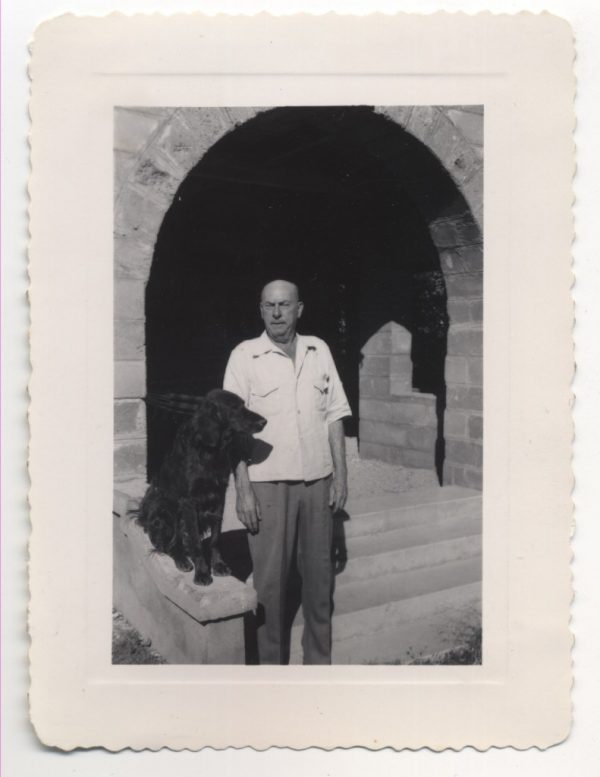
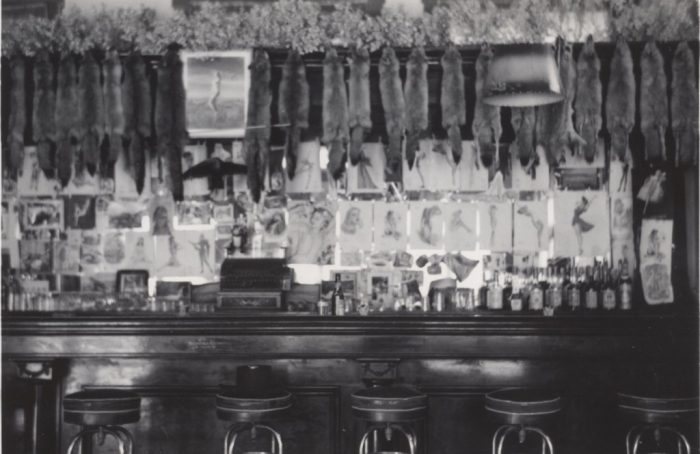
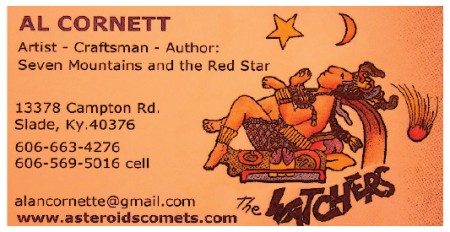
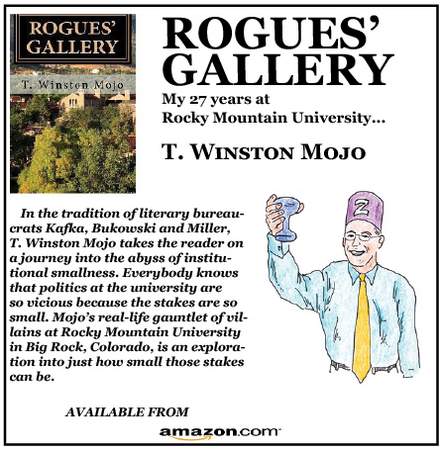
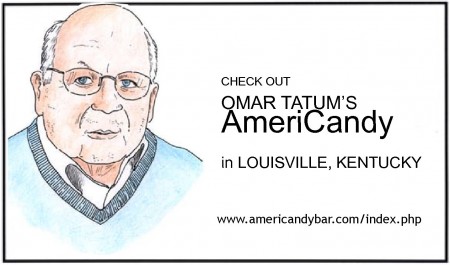

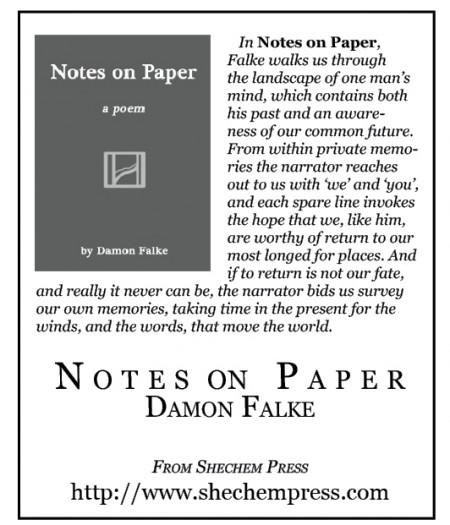

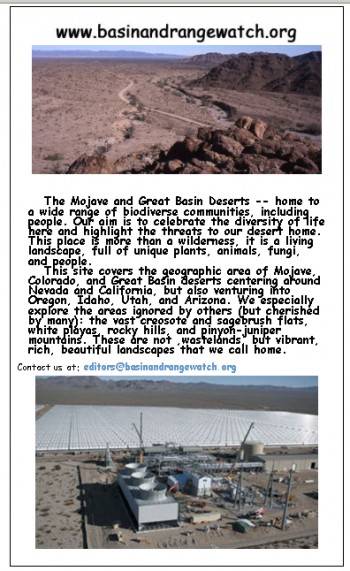

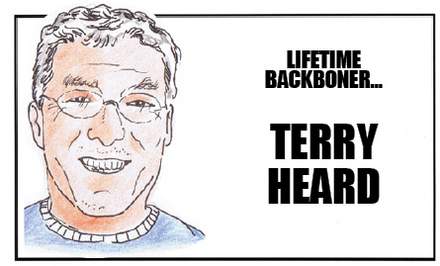
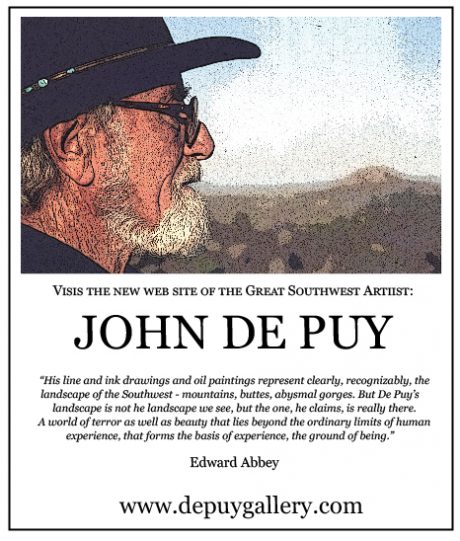
What a wonderful tribute!!